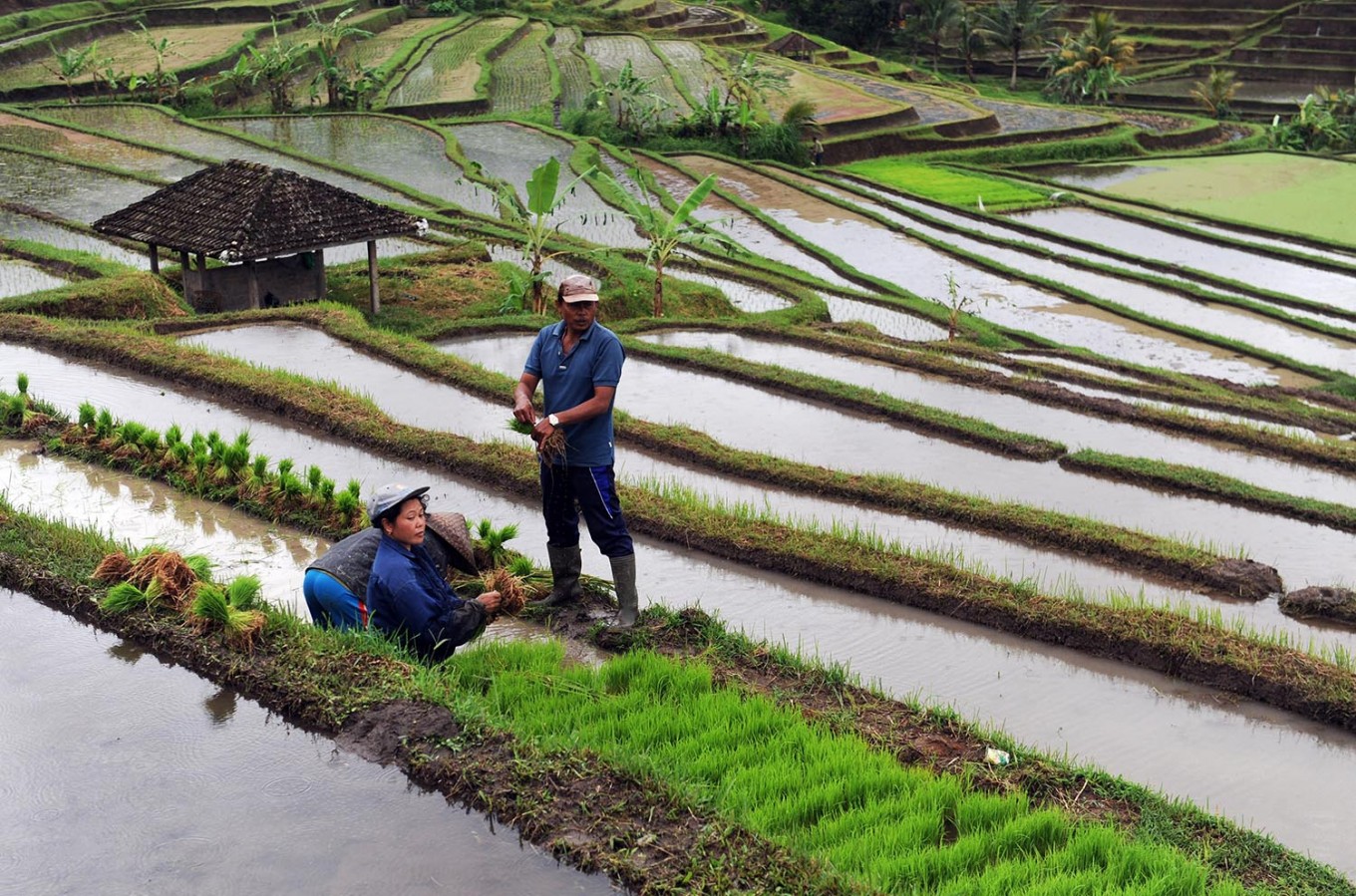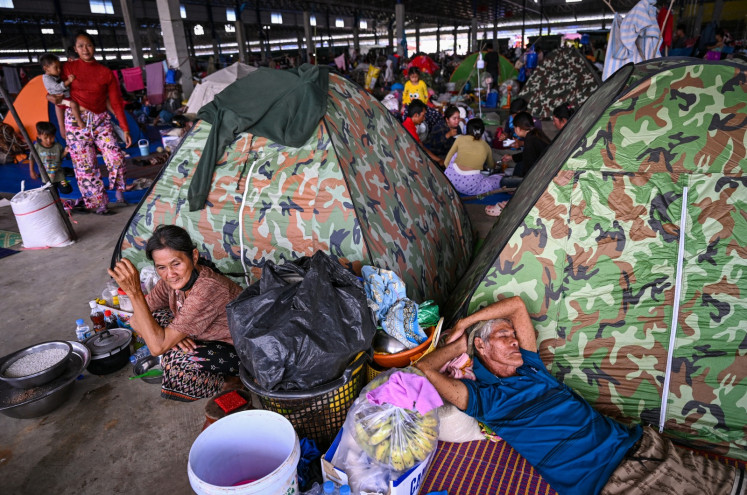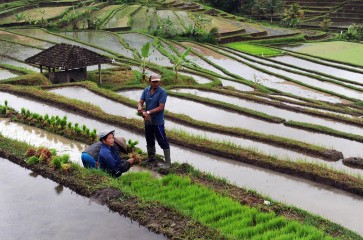Popular Reads
Top Results
Can't find what you're looking for?
View all search resultsPopular Reads
Top Results
Can't find what you're looking for?
View all search resultsAddressing accuracy in chronic rice data problem
The rice production figure has been a source of policy and political debates in Indonesia for many years now. The disassociation between the development of rice prices in the market and production data happens all the time.
Change text size
Gift Premium Articles
to Anyone
T
he rice production figure has been a source of policy and political debates in Indonesia for many years now. The disassociation between the development of rice prices in the market and production data happens all the time. In fact, soaring prices that indicate a supply shortage still happens especially when the official figure records a substantial rice surplus.
Many parties have blamed the official production figures as the main cause of these inconsistencies. It is suspected of suffering from overestimation because of the use of subjective measurements when estimating it.
Technically, rice production is obtained from the production of paddy multiplied by paddy to rice conversion rates, which varies from province to province. Meanwhile, the production figure of a paddy is calculated by multiplying two variables, namely the harvested area and productivity (yield per hectare).
Since 1973, Statistics Indonesia (BPS) and the Agriculture Ministry have collaborated to estimate the production figure of paddy and secondary crops. In practice, the collection of the harvested area data becomes the Ministry’s responsibility while the BPS collects productivity data through a crop-cutting survey (Survei Ubinan). Data compilation and processing, as well as public release, are carried out by the BPS.
However, due to the issue of overestimation, the BPS has suspended to release the production figure officially since 2016 until the new method for harvested area estimation is completely developed.
However, for a policy purpose and the interest of the above ministry, the production data has still being calculated through this business process although it is not officially published by the BPS. In this regard, an official production figure is supposed to be disseminated by the BPS.
The harvested area data is suspected of being the main source of an upward bias in production data because it was collected through subjective measurements, mainly the “eye-estimate” method.


















